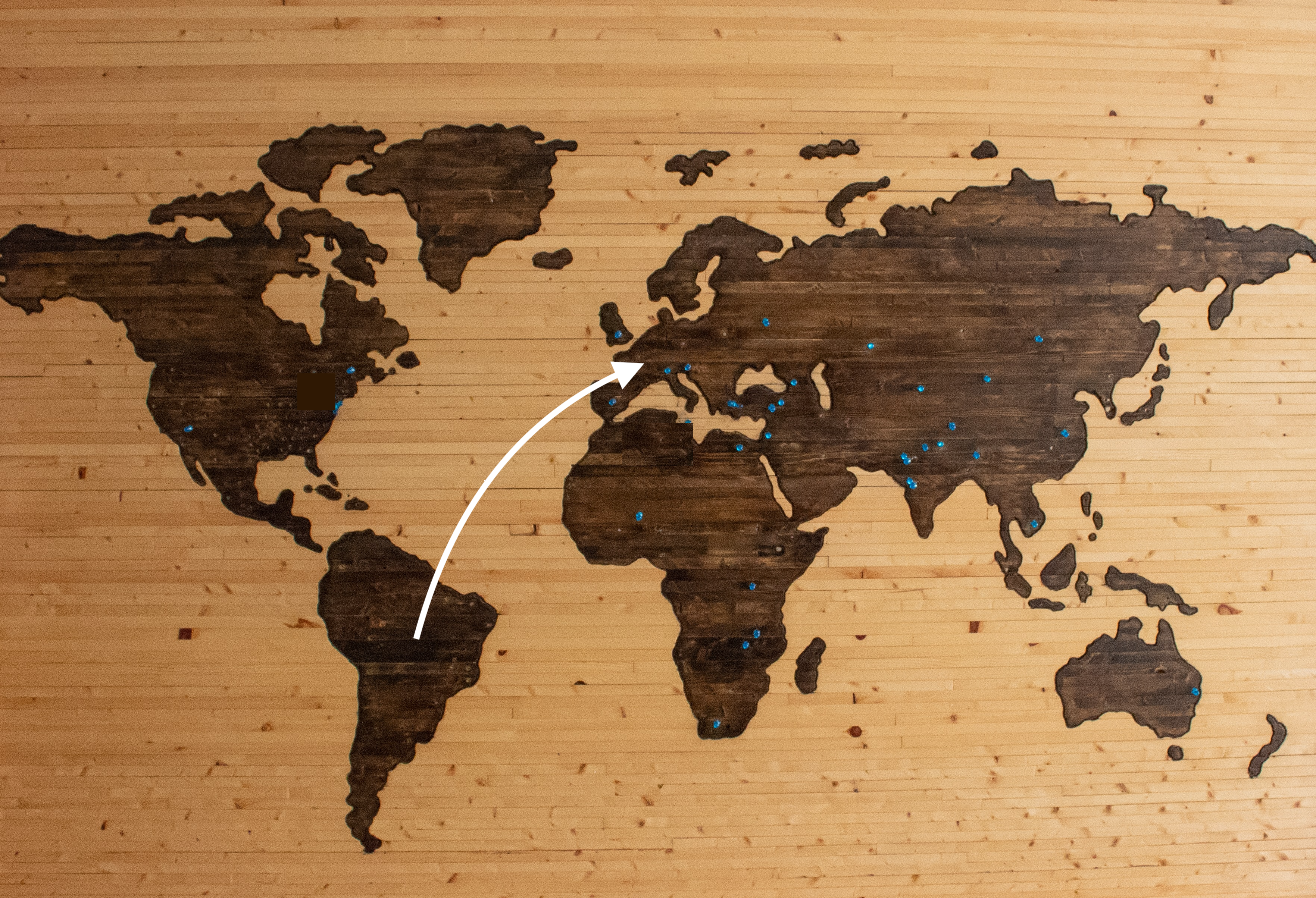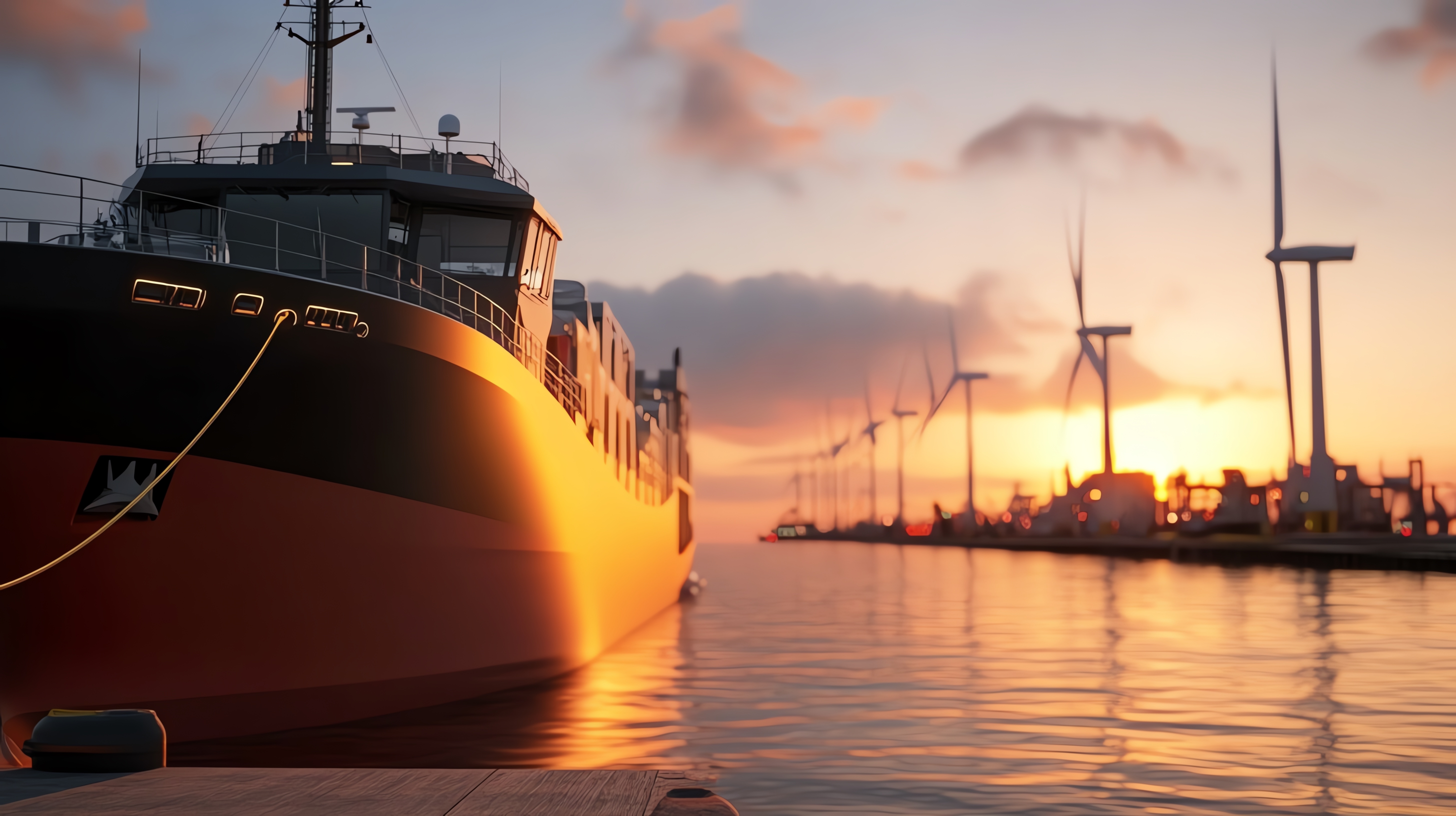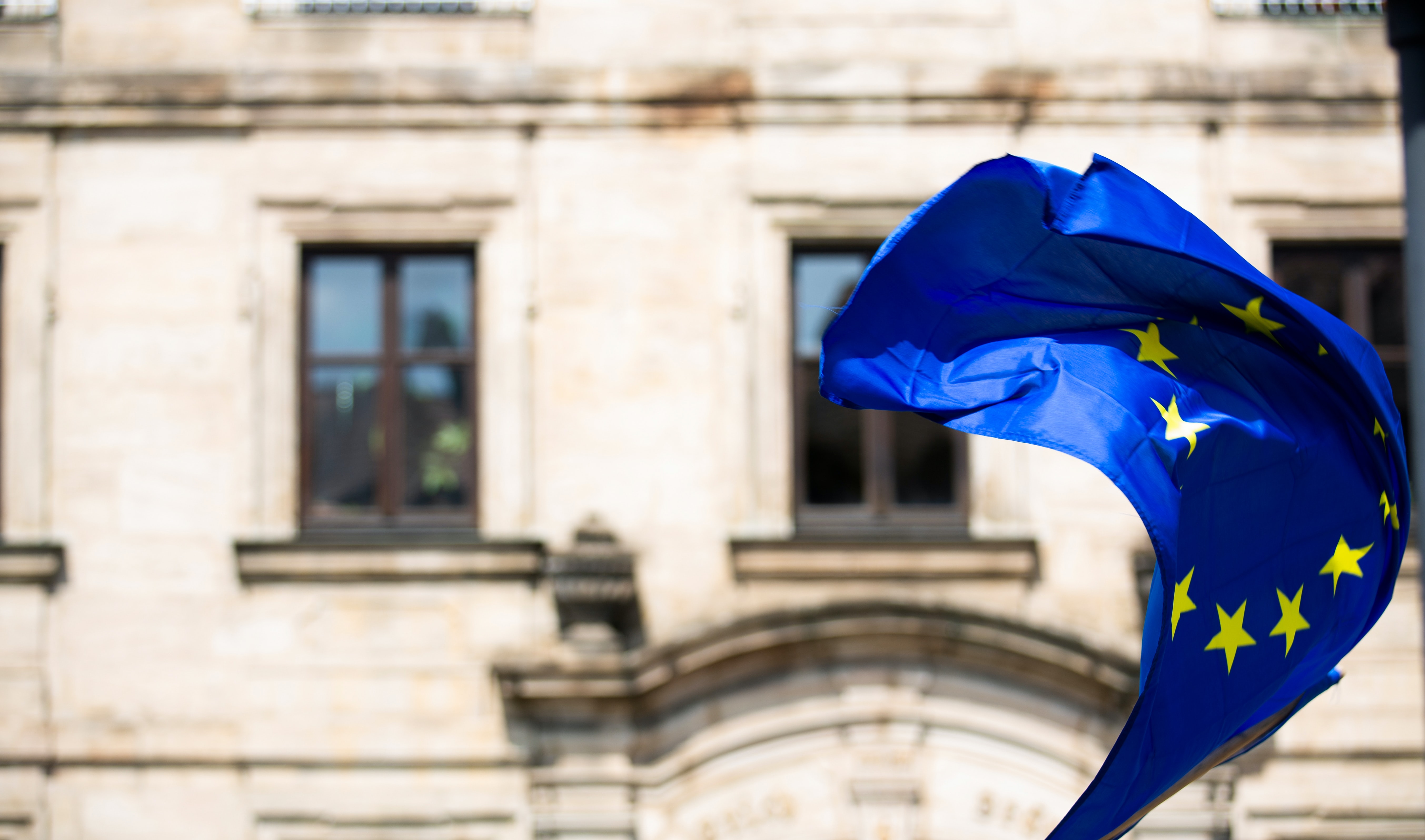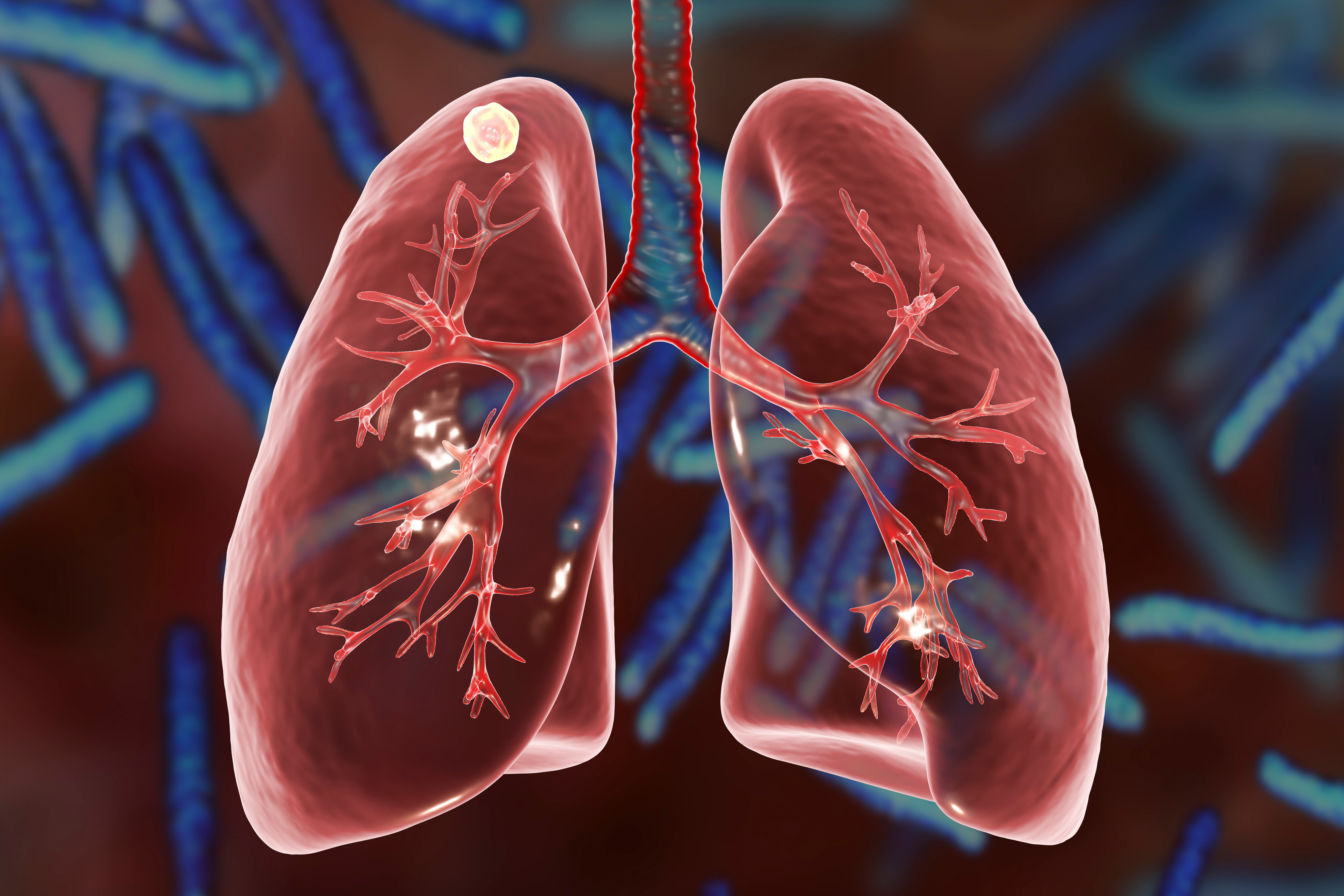
船舶での違法薬物の不正取引を防ぐため、検討すべき対策についてアドバイスを提供します。主に南米から密輸されたコカインの取引について取り上げますが、世界中のすべての地域における、あらゆる種類の麻薬の不正取引防止策としてご活用いただけます。
This is advice to members concerns measures that might be considered in order to prevent the trafficking of illicit narcotics on their vessels. Whilst it is centered upon the trade in cocaine smuggled from South America, the advice is equally applicable for all types of drugs in all areas of the globe.
COCAINE PRODUCTION IN SOUTH AMERICA
Cocaine is a powerful stimulant produced by chemically extracting alkaloids from large quantities of coca leaves. Farmers grow coca leaves in many South American countries, and several Governments have attempted to persuade their farmers to grow other crops, but nothing else provides them with a comparable income.
The cocaine trade has enormous economic, political and social influence in South America and the monetary exchange rate in many Latin America countries fluctuates in accordance with the state of the cocaine trade. Although much of the income goes toward luxurious houses and expensive cars, it also fuels the construction industry, financial groups and other businesses that permit money-laundering activity.
DRUG TRAFFICKING
Cocaine is the most commonly used illicit stimulant drug used in Europe and the second most seized drug after cannabis. Cocaine is trafficked from South America to Europe by both air and sea, using a range of methods and routes.
Cartels often arrange to smuggle cocaine into shipping containers pre-identified as being bound for European ports and the shippers and consignees are generally unaware that their cargoes have been targeted for this purpose.
Criminals or corrupt terminal staff often smuggle the drugs into ports, locate the container and open it to place them inside. Often they make no attempt to hide the packages and simply place them on top of the cargo inside the door to ease retrieval at their intended destination.
Technology now permits fake security seals to be manufactured at low cost and even a ‘3D’ printer can be used to create a cloned genuine seal. Sometimes fake seals are placed with the packages of drugs for use at a later stage of the journey.
Reefers carrying fruit make ideal targets as they are moved quickly through terminals to avoid spoilage. Corrupt crew or stevedores often place the drugs in the machinery end of the refrigerated container. To gain access, they remove the outer casing and place the packages near to the evaporator fan motors, or in the spaces between the cables, electronic controllers and sensors. When the container or reefer arrives at the transshipment or discharge port, other members of the gang or corrupt terminal staff will locate it and remove the drugs.
There are many places where packages of drugs are hidden directly on board vessels. This includes crew accommodation, storage areas, machinery, hidden compartments and places below the waterline such as sea chests, overboard openings, bilge keels, rudder trunking, exposed thrusters, gratings and propeller regions. Divers are regularly used to weld pods containing drugs onto the hulls of vessels. Recent cases have involved these pods or ‘narco- torpedoes’ being held in place by powerful magnets.
Corrupt crewmembers and stevedores may be tempted to smuggle drugs on board if criminals offer them financial rewards or they may act under threat or duress. These employees may simply carry drugs on in their bags, in their jacket pockets or lining, or even in heels of their shoes. Some crewmembers will smuggle drugs on board for their personal consumption.
Cartels continually shift transit routes and storage points to take advantage of ineffective border controls, and areas where instability and poor governance cause weaker law enforcement. By changing their trafficking methods, they hope to avoid the discovery of the drugs and to evade the capture of their gang members. Drug smuggling is a serious crime and those involved can expect to face lengthy terms of imprisonment.
PREVENTION MEASURES
Shipping lines & terminals
Shipping line employees involved in making commercial arrangements with customers should be aware of the potential for drug smuggling activity using reefers and containers. Proper due diligence should be conducted on new customers, especially when the shipper or consignee are unknown or there are no references. Due care should also be taken with existing customers, especially if there are changes in their patterns of trading.
Drug Prevention Officers should be employed and stationed in known drug trafficking areas and reports should be made to the local authorities if there is any suspicion regarding a booking.
Stricter procedures at South American terminals may help to prevent the drugs being smuggled into containers awaiting shipment to European ports. However, the cartels are very well resourced and capable. In many instances smugglers have operatives who can access or infiltrate destination terminals in order to retrieve the drugs before the container’s is collected by the legitimate owner. Past cases have even seen cartels hacking port computer systems to bypass security and move containers in order to make the recovery of the drugs easier.
The vessels
Security measures include recruiting vetted crewmembers from reputable agencies. Training should be provided for all crewmembers regarding the International Ship and Port Facility Security (ISPS) Code, which is an amendment to the Safety of Life at Sea (SOLAS) Convention (1974/1988) on minimum security arrangements for ships, ports and government agencies. There should be an Emergency Contingency Plan and/or Ship’s Security Plan in place as per the ISPS Code.
Crew awareness
There are various methods of raising crew awareness about drug smuggling. For example:
- Crewing agencies should brief seafarers on drug smuggling before they start their duties
- The ship owner/manager’s Drug Policy should be read and countersigned by crewmembers
- Regular crew meetings/conferences on drug smuggling should be held
- Guidance notes of how to prevent drug smuggling should be provided
- Warning posters should be displayed at the point of entry and exit to ship, public, communal and accommodation areas
- Information leaflets should be available regarding drug smuggling and the consequences (i.e. how it puts their lives and careers at risk and the harsh penalties received if convicted)
- Whistleblowing policies and a ‘hotline’ for crew to call with information should be put in place.
- Guidance should be given on how to perform efficient searches of the ship and containers
- Warnings should be given concerning vessels approaching at speed (anti-piracy measures such as high-pressure hoses to ward off suspect boats may be necessary)
- Warnings should be given to crewmembers ahead of shore leave regarding possibility of persons attempting to befriend and persuade them to cooperate in smuggling drugs on board
- Guidance should be provided regarding colleagues acting strangely; appearing unduly nervous; attending parts of the ship when it is not necessary for their job role; in possession of large sums of cash or expensive clothing
- Conducting regular checks of crew accommodation, storerooms and random checks of crewlockers and drawers is a necessary activity.
Before arriving at the port
The Master/Ship’s Officer should contact port and customs authorities to ascertain the severity of security threats at the port and record all communication in the ship’s log. The Port Agent should provide the Master with any relevant updated data, prior to the vessel’s arrival.
Whilst at port or on anchor
The Master/Ship’s Officer should take the appropriate action to ensure the safety and security of the vessel whilst at port. The crew should take every possible precaution to limit access to the vessel and be vigilant about monitoring the surrounding area. All areas not being worked on should be secured and, where possible, barriers placed above and below the waterline to stop any possible access by criminals. Crewmembers should be alert to any trespassers coming on board, report anything suspicious and ensure the problem is dealt with immediately.
Watchmen
Watchmen should be stationed at the gangway, hatches and anywhere on board where stevedores and repair teams are working. All Watchmen should keep a vigilant look out for any suspicious activities and keep in radio contact with the Watch Commander. The gangway should always be raised if there is no activity with cargo.
The Watchman at the gangway must record all persons leaving and boarding the vessel. As far as possible, crewmembers should remain on board, but if they are given permission for shore leave, their exit and re-entry times should be recorded in the crew logbook. All visitors must have the appropriate identification and a legitimate reason for coming on board. Stevedore agencies must provide a list of the men working on board and they should be tallied on and off by the Watchman. It is important that the Watchman is on the alert for any suspicious packages and searches all bags and carry-on items belonging to visitors, stevedores and crewmembers returning from shore leave.
It is beneficial to station a Watchman at the quayside of the ship to note any suspicious activities in and on the water. This includes scanning for small boats approaching or loitering in the vicinity and looking out for air bubbles around the vessel, which could indicate the presence of divers attaching capsules to the hull. In the latter case, consideration can be given to conducting an anti-smuggling sub aquatic survey inspection of the vessel’s hull to ensure that no illegal substances have been attached or placed in other vulnerable areas underwater.
Lighting
All areas of the deck and hatches should well-lit and monitored by the Watchmen so that any untoward activities may be prevented. If possible, additional lighting should be placed over the side to illuminate the surrounding water and the quayside. A mobile searchlight mounted on a pivot or handheld by a Watchman would also be beneficial.
CCTV
Advances in CCTV technology has greatly improved the quality of the images produced. The cost of such systems is becoming much more affordable. Cameras will enhance on-board security through video surveillance. The cameras used should be generally watertight and robust enough to withstand hits from bullets or rocks. These cameras record images on and around the vessel and transmit them to a screen on the bridge. Night vision can be achieved by incorporating infrared or thermal sensors. Some cameras rotate whilst others have a laser or spotlight aiming system. There are also underwater cameras available.
Guards
Vessels may employ security guards and sniffer dogs for the duration of the voyage. If it is necessary to employ additional security guards whilst in port, they should be contracted from an approved company. However, there is always a risk that they have been corrupted by the cartels.
Searches
Regular inspections and searches should be undertaken throughout the duration of the port call and any problems investigated. Containers should be inspected if found opened, or with broken locks, or broken or missing seals. If everything is in order, the seal should be replaced. All investigations should be recorded in the Ship’s Log and any relevant seals noted.
A comprehensive search should be made just before the vessel departs to ensure as far as possible that there are no stowaways or illegal substances on board.
After departure from port
Another inspection should be made after the pilot has disembarked and the results recorded in the Ship’s Logbook.
Increased security within ports has forced the cartels to seek new methods of getting drugs onto vessels. A recent trend has seen the use of high-powered speedboats to transport drug consignments out to sea and rendezvous with container vessels. The drugs are brought onto the ship and hidden in containers, generally in the hold. The drugs are recovered from the container on arrival in the destination port. This method of smuggling would, by necessity, require the involvement of crewmembers.
Crew must remain alert to small craft approaching the vessel and immediately report concerns to the Master or Officer of the Watch and evasive action taken if required. The Master should report any attempt to board the ship whilst underway to the local authorities, the P&I correspondent and other appropriate parties.
ACTION TO BE TAKEN IF DRUGS ARE FOUND ON BOARD
If any drugs are found on board, the Master should be informed immediately and he should follow the steps set out in the vessel’s Emergency Contingency Plan and/or the Ship’s Security Plan as per the ISPS Code.
The Master should advise the port, local customs authorities and the police, either directly or through the ship’s agents. The ship’s agents, P&I insurers, local correspondents, vessels owners/managers and the Flag state should also be informed.
Packages should be left untouched for safety reasons and to preserve any forensic evidence, although photographs and videos may be taken if permitted. The area should be sealed off to prevent any unauthorised access.
A search should be made for other suspicious packages in the vicinity.
If it is necessary to handle a suspicious substance, crewmembers should wear skin protection and dust masks, and never taste it in attempt to identify it. Afterwards, they should wash their hands thoroughly and dust down clothes or coveralls to avoid contamination. If the packages are small and can moved after examination they should be placed under lock and key before handing them over to the local authorities.
Detailed records should be kept in the Ship’s Logbook including the approximate quantity of substance found; the date and time it was discovered; the names of the crew concerned and of any witnesses and communications involved during and after the searches.
The Master should cooperate with the local authorities as much as possible to keep a positive attitude and mitigate the risk of becoming part of the criminal investigation.
Most large seizures of drugs are intelligence led and the authorities may already know what has occurred. In such cases the vessel is liable to be seized, confiscated and heavy fines imposed on the ship owners or managers. The Master and crew may be temporarily placed in custody for the preliminary investigation and containers may be confiscated as evidence.
For further advice please contact Signum Services, UK P&I Club.




